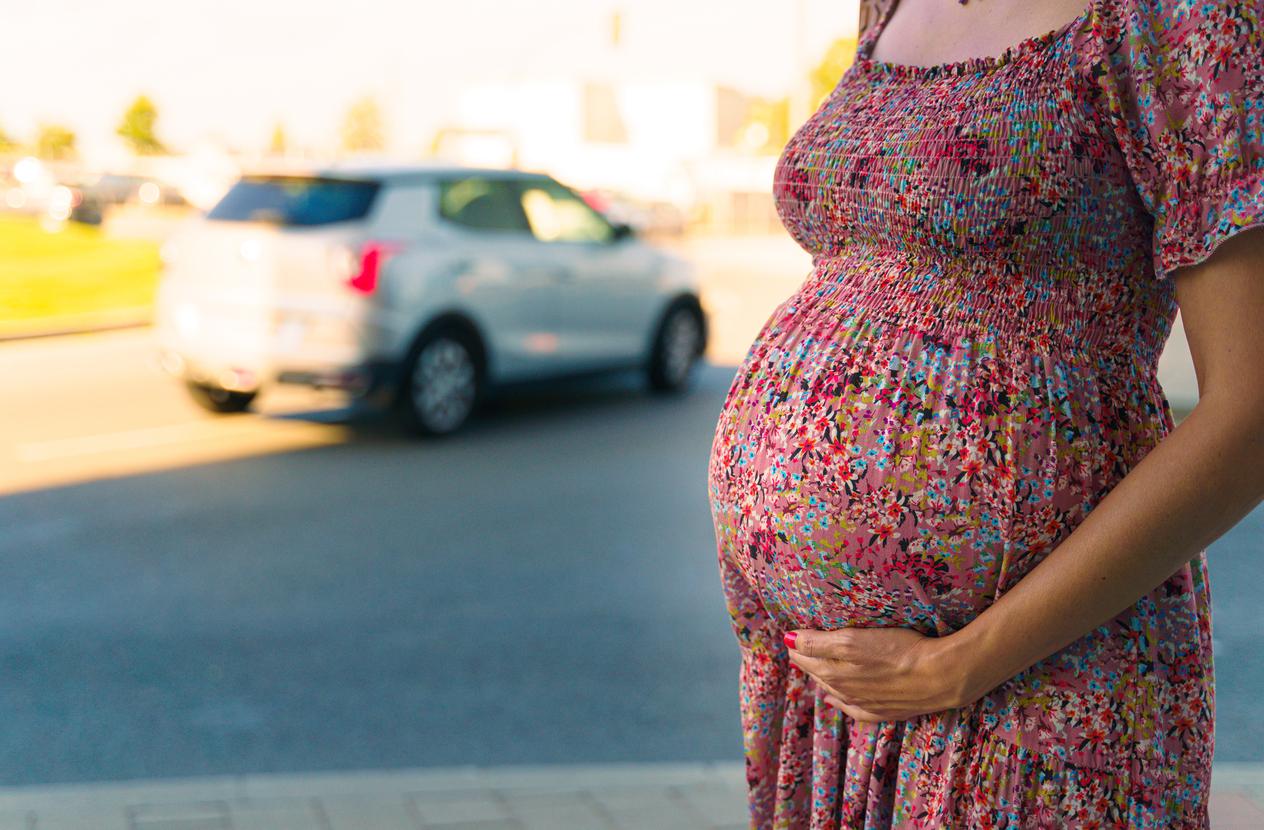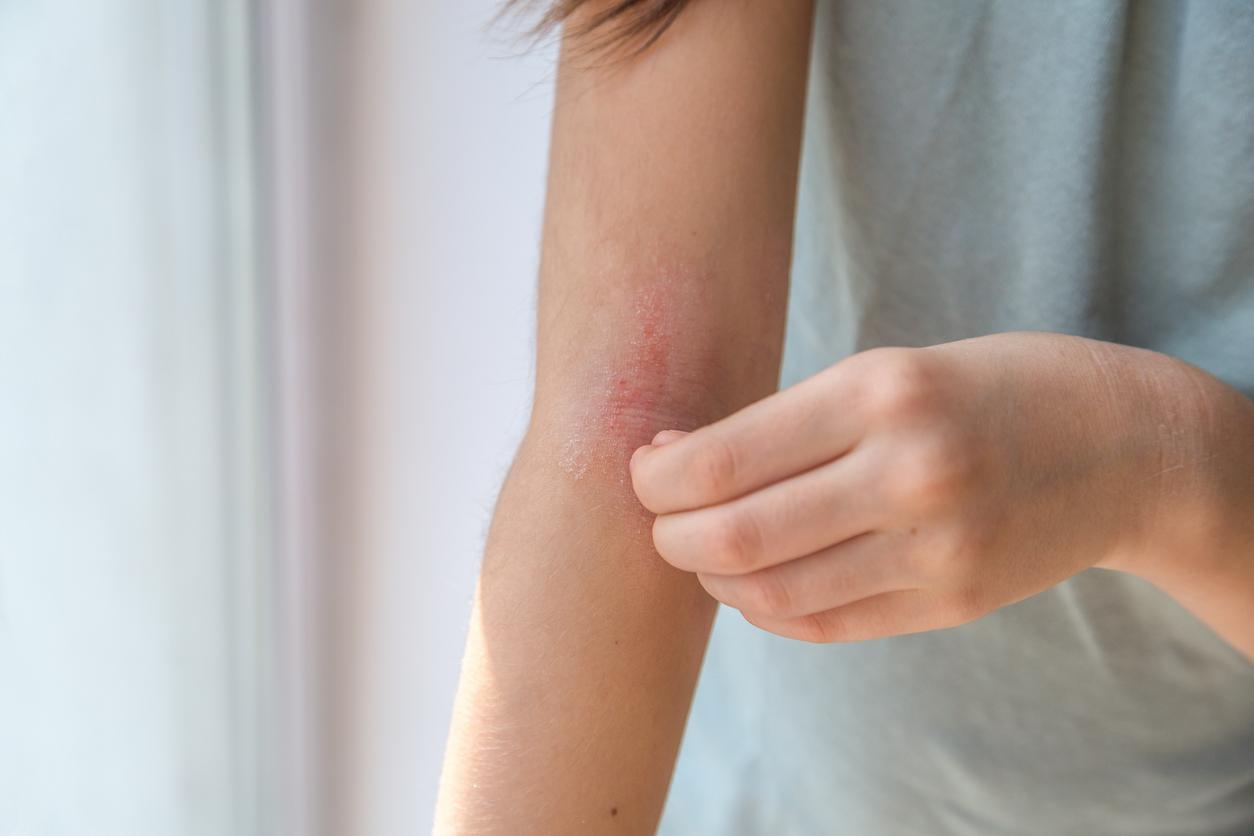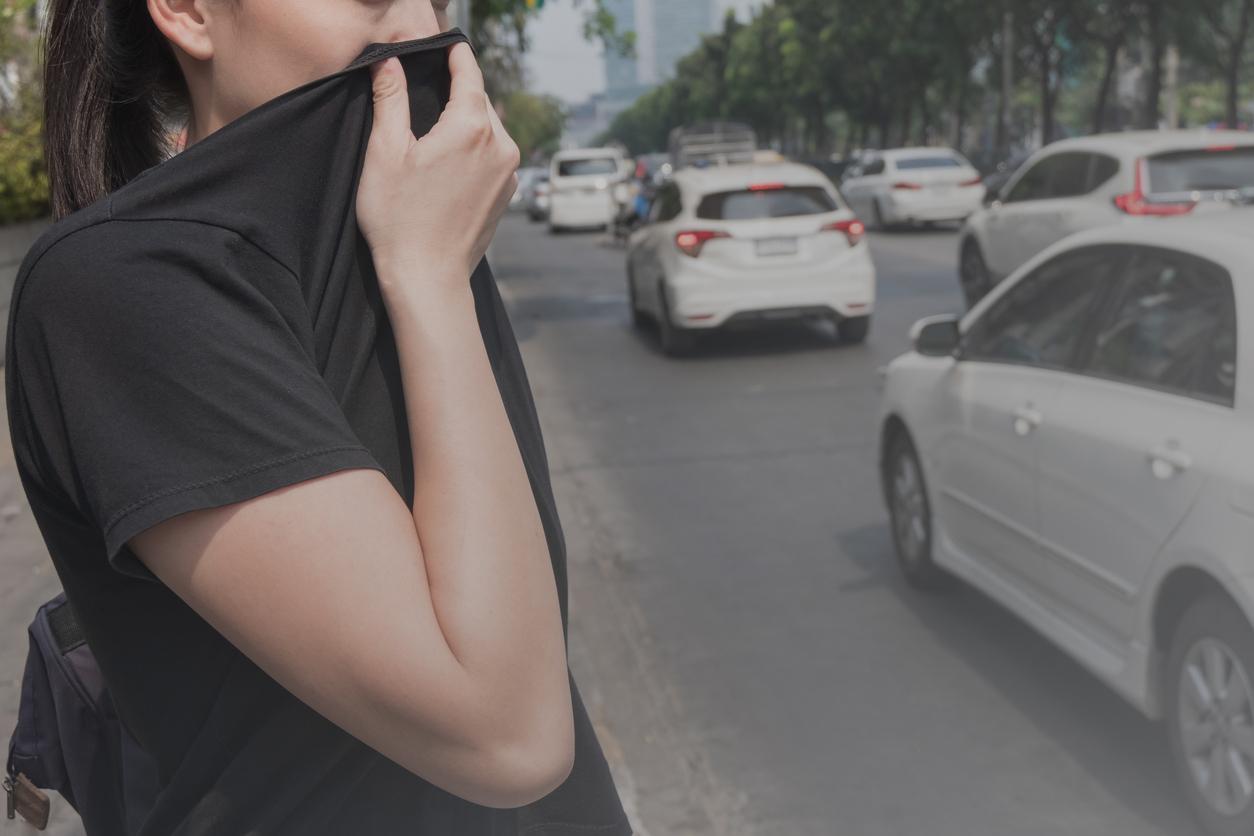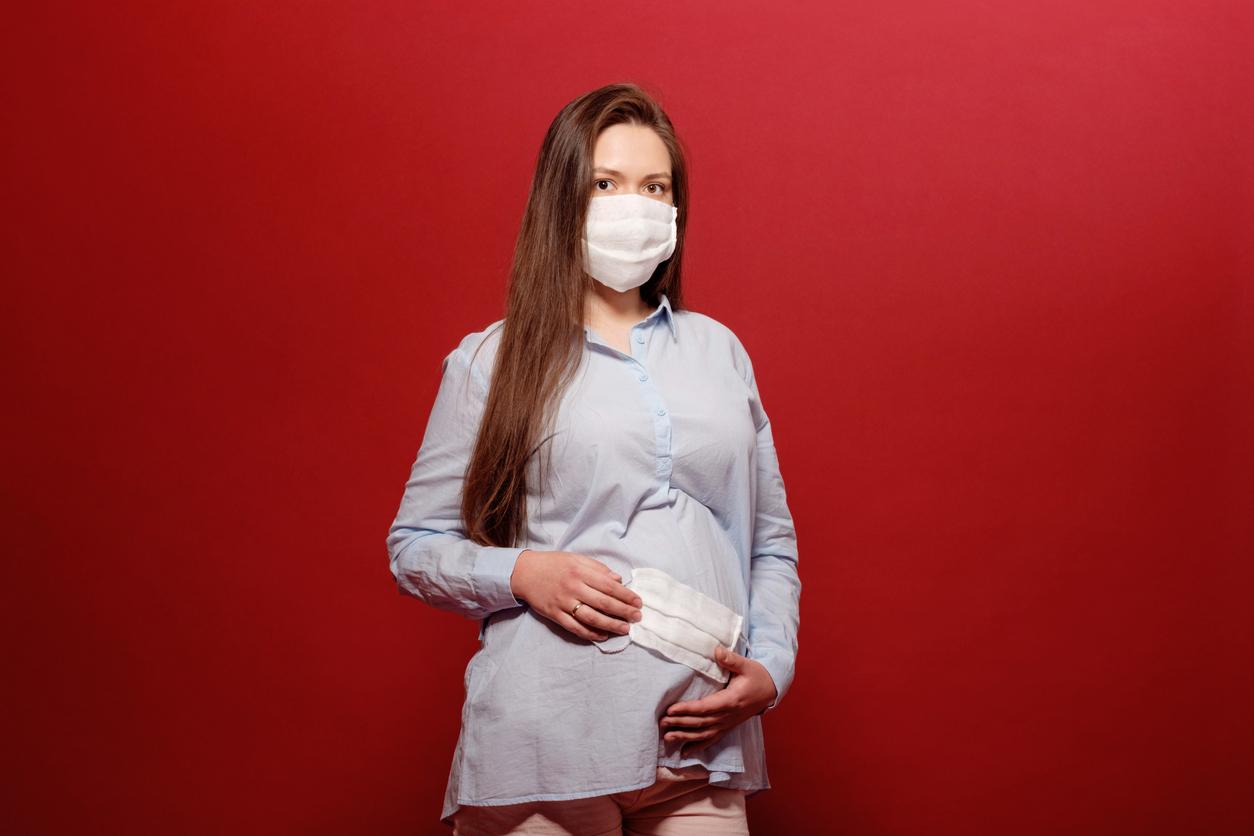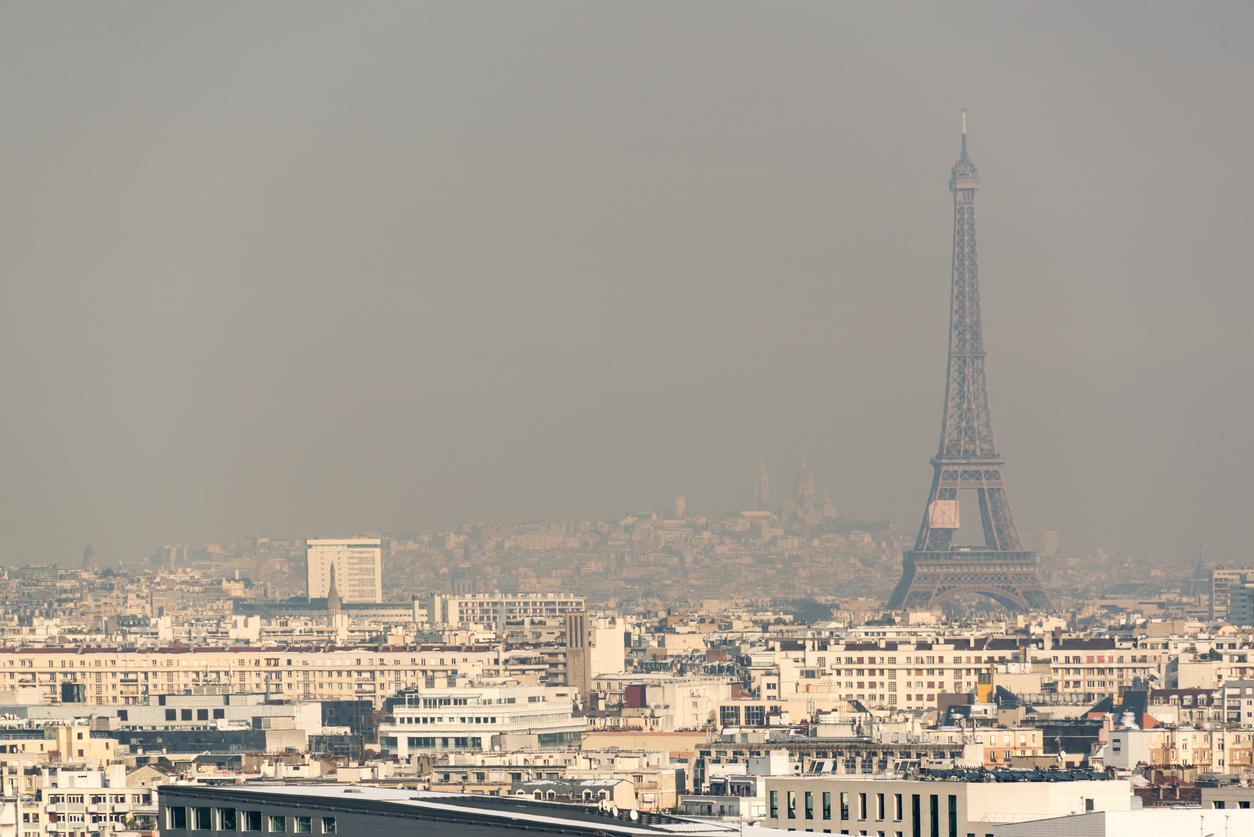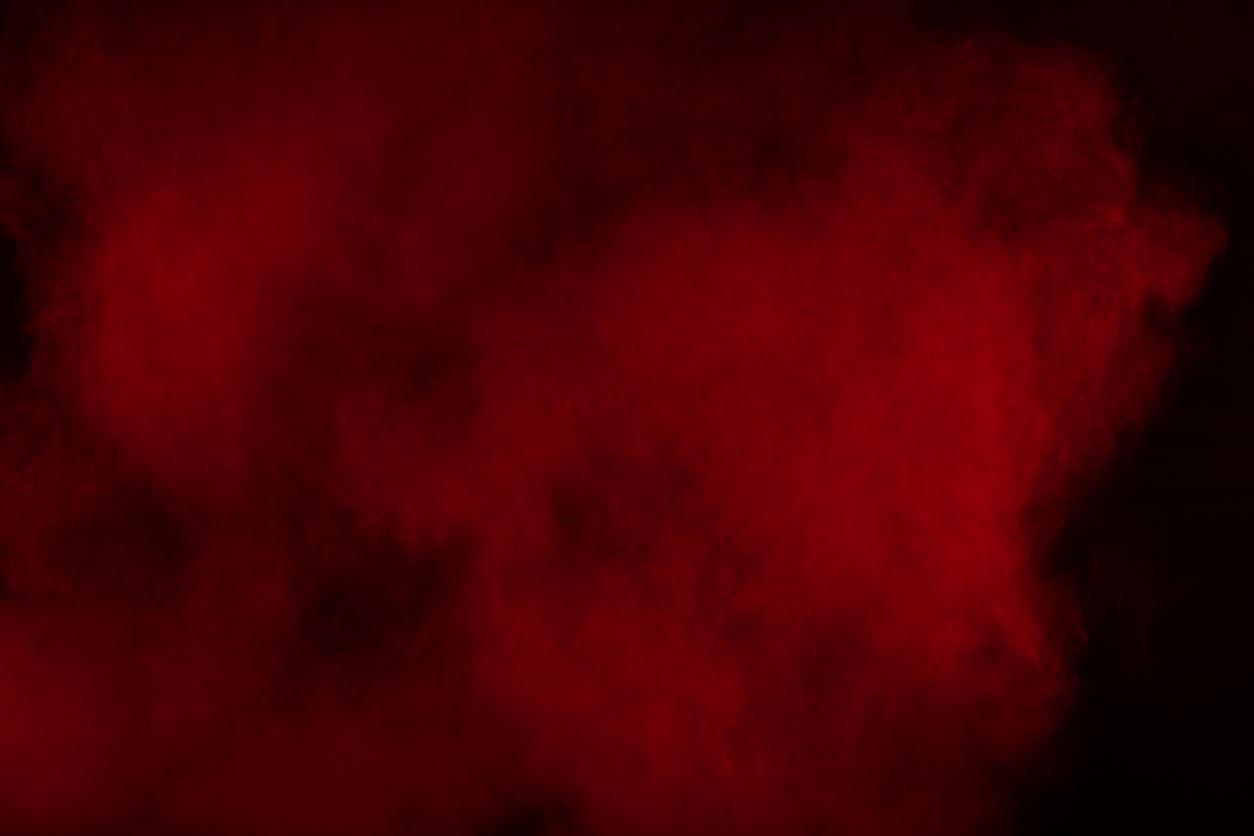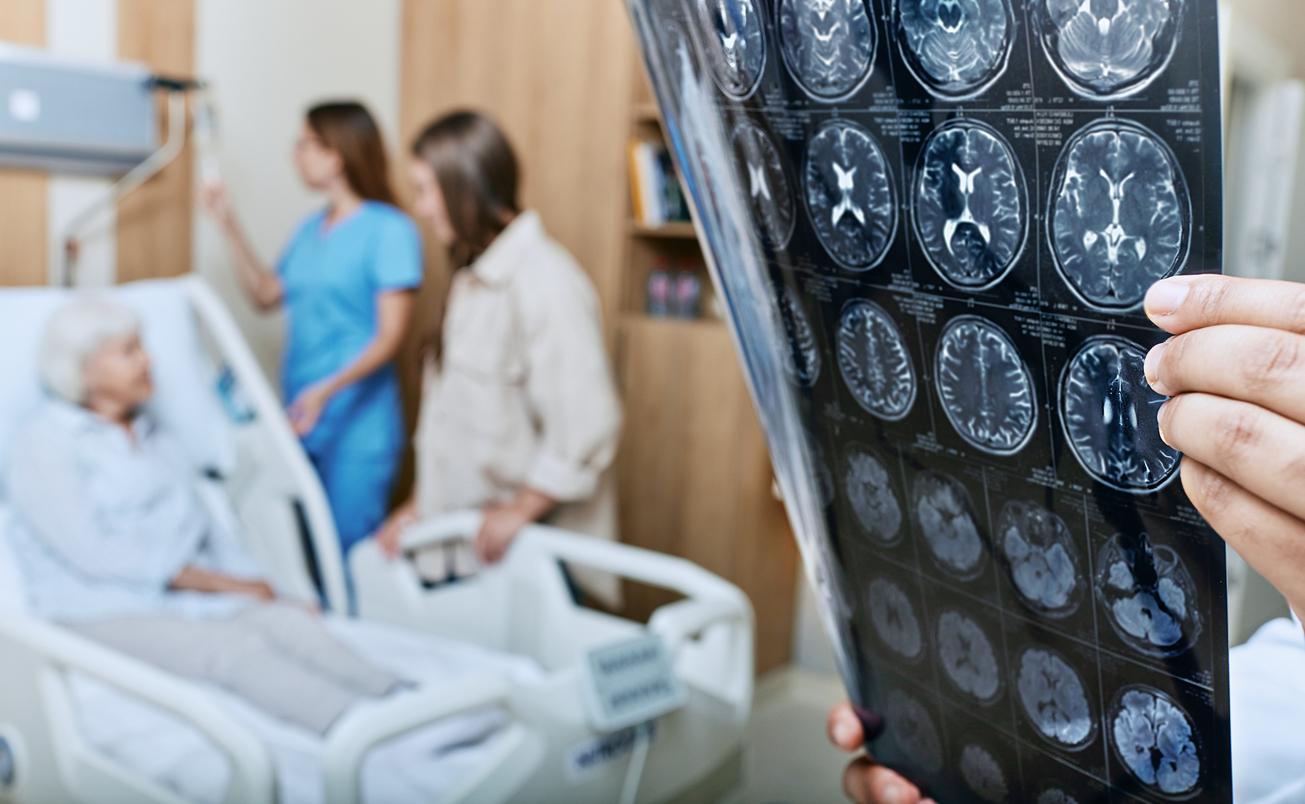The concentration of fine particles in the metro corridors explodes the threshold values. The CFDT warns about the consequences for the health of RATP workers.

The metro, greener than the car? On paper, the answer is yes. This is also what the Ministry of Ecological and Inclusive Transition insists on, on the occasion of Public Transport Day on September 16. But the reality is more nuanced. And the CFDT recalled it during an action organized at the Gare du Nord (Paris).
In the corridors of the Parisian station, the leaflets are critical. “On June 28, between 5 pm and 6 pm, you breathed 380 micrograms of fine particles per cubic meter of air at Les-Halles station,” they warn. The document, revealed by The world, was drafted by the General Federation of Transport-Environment (FGTE), based on public data.
Systematic overtaking
The law is clear. Exposure to fine particles (PM10) should not exceed 50 micrograms per cubic meter of air. These thresholds can only be exceeded 35 days per year. As an annual average, the ceiling is set at 40 μg / m3. Which is only rarely respected.
But in the undergrounds of the metro and RER, the measures exceed the limits. And by far. According to public data from the RATP, the PM10 concentration almost systematically exceeds the regulatory values. For the Auber station alone, on the RER A, the rate is set at 99 μg / m3 on the day of June 28. Or more than on the surface.
Patrick Rossi, CFDT: ” When you take the metro with asthma, at peak pollution, you are exposed to more pollutants than in the ambient air. “
At the origin of this pollution, the quality of the outside air. But there are also factors specific to public transport. PM10 are “mainly emitted by the historic braking systems of rolling stock”, explains the RATP on his site.
48,000 deaths per year
After the metro closes, it’s even worse. “Night work is a problem. The compressors work, just like the generators which run on gasoline, explains Patrick Rossi, federal secretary in charge of occupational health at the CFDT. At night, fine particle levels go up to 800 mg / m3. It’s worrying. “
And these nocturnal measurements clearly reveal the heart of the problem. Because if these results are alarming for the users, they are even more alarming for the employees of the RATP and the SNCF. For them, “it’s all day, all year, 7 to 8 hours a day, 220 to 230 days a year, for 35 or 40 years”, figures Patrick Rossi.
Exposure is therefore chronic. As we know, fine particles promote cardiovascular disease or even worsening respiratory pathologies. 48,000 French people die from air pollution each year. 4,800 of them are employees, recalls the CFDT. But these are less well protected.
Multiple reports
It is the labor code that governs the exposure limits for employees. And this one is very fluid. “An employee in a confined space can be exposed for 8 hours to 5,000 mg / m3 of PM10,” explains Patrick Rossi. This is much higher than the ceilings set for public transport users. “It is no longer suited to the knowledge we have”, deplores the trade unionist.
If the problem is true, solutions are slow to be found. The National Health Security Agency (ANSES) has published a study on this in 2015. Its conclusions: prevention efforts must be continued, and a study on the long-term effects is necessary.
“We are awaiting the final report from ANSES for the Ministry of Labor to change the occupational exposure limit value”, recognizes Patrick Rossi. But the CFDT is getting impatient. It does not exclude seizing again the Council of State.
Patrick rossi : “ We sent a letter to Nicolas Hulot, who did not answer us. “
Improve measurements
Faced with this observation, solutions abound. “The union part concerns the protection of employees and early retirement, because we know full well that this exposure reduces life expectancy”, summarizes Patrick Rossi. But the arrangements must also evolve, in order to reduce air pollution in the corridors of the metro.
RATP is working on more optimal air quality. “The efforts are focused both on improving air renewal in spaces (…) and on optimizing the electric braking of rolling stock”, the company points out. The CFDT asks that attention be paid to night work. But fundamentally, it is above all a question of equality between workers and users.
Patrick rossi : ” We are asking to be put on the same footing as citizens. I don’t understand why employees can be exposed to higher rates. “
.









